When a child victim of trafficking is identified in the territory of Bulgaria, regardless of whether the child is a Bulgarian national or not, SACP, MoI and NCCTHB must be notified within 24 hours.
Upon receiving a signal about an unaccompanied child or a child victim of trafficking who is a Bulgarian national and who is located in a foreign country, the diplomatic and consular representations of the Republic of Bulgaria abroad, via the MFA Consular Relations Directorate, inform both SACP and MoI within 24 hours. In case a child victim of trafficking is identified, the Coordination Mechanism for Referral and Care in Cases of Unaccompanied Children and Child Victims of Trafficking Returning from Abroad is applied.
With respect to children who are foreign nationals, the Coordination Mechanism for Interaction among Institutions in Cases of Unaccompanied Children or Foreign Children Separated from Their Families Located on the Territory of the Republic of Bulgaria, Including Children Seeking and/or Having Been Granted International or Temporary Protection is applied.
In every case of a child victim of trafficking or exploitation and in the cases when there are indications about children at risk of being involved in trafficking, the SACP notifies in writing:
- Social Assistance Directorate as per the current/permanent address of the child and provides the information available in order to research the family and social environment, prepare a risk assessment and an opinion on the child’s accommodation upon return to the country.
- Police District Department as per the current/permanent address of the child.
In every Child Protection Department at the Social Assistance Directorate, the Department Head:
- Designates a social worker to lead the multidisciplinary team, research the family and social environment of the child, make an assessment of the risk of re-trafficking, and prepare an action plan;
- Ensures that a representative is present when the child arrives at the border check point;
- Takes an appropriate protection measure in view of the child’s needs and interests in accordance with the provisions of the Child Protection Act and its Implementing Regulations;
- Accompanies and places the child at the crisis centre based on an order of the Director of the Social Assistance Directorate as per the child’s current/permanent address;
- In cases when it is stablished that the child’s parents were involved in trafficking the child for labour and sexual exploitation, lodge claims for deprivation or restriction of the parental rights in the interest of the child or joins pending proceedings as a party.
Child victims of trafficking may be identified by the SACP upon receiving signals via the harmonised national phone line for information, advice and assistance for children (116-111), via e-mail through Bulgarian and foreign NGO as well as directly at the SACP from other sources, including any person.
Every child has the right to be informed and advised by the child protection authority, including without the knowledge of their parents or caregivers if this is required to protect the child’s interests and if notifying them would harm those interests. Every child has the right to express freely opinions on any matters in their interest. The child may seek assistance from the authorities and persons entrusted to protect the child in accordance with the Child Protection Act (Social Assistance Directorate, State Agency for Child Protection, etc.).
The work with child victims of trafficking is based on the “best interest of child” principle. Pursuant to the Child Protection Act, it is based on a consideration of:
a) The child’s desires and feelings;
b) The child’s physical, mental and emotional needs;
c) The child’s age, gender, past and other characteristics;
d) The danger or harm caused or likely to be caused to the child;
e) The parents’ ability to take care of the child;
f) The consequences occurring for the child as a result of changes in the circumstances;
g) Other circumstance of relevance to the child.
